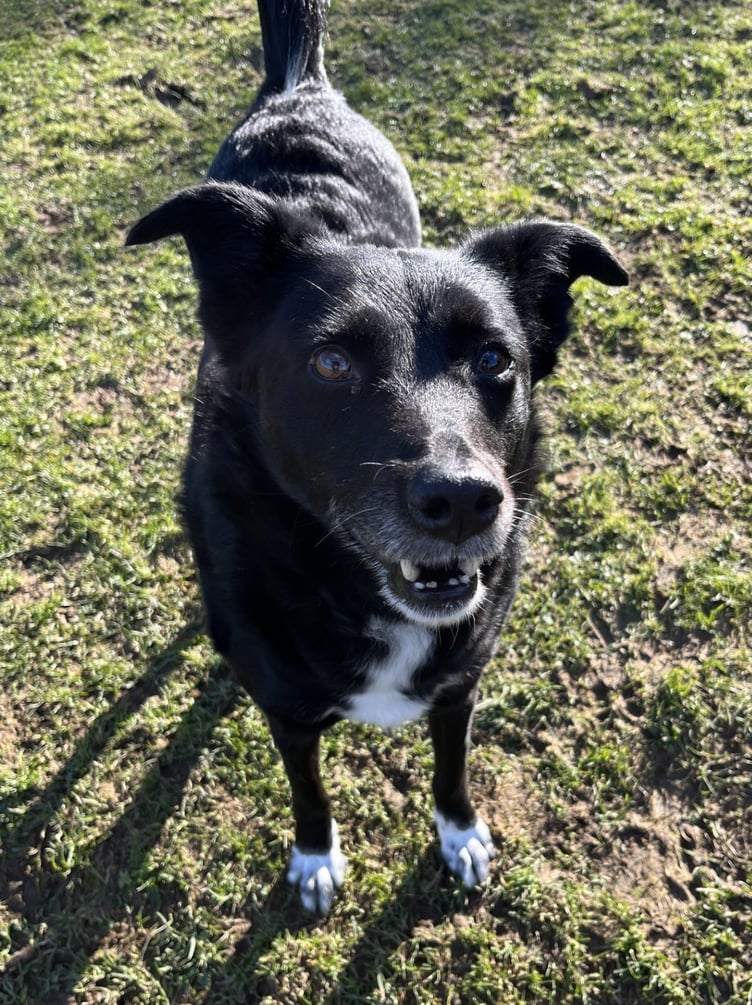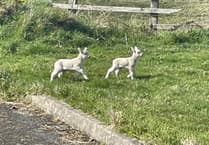People rightly associate the MSPCA with the rehoming dogs, cats and other domestic pets, and with the welfare of the island’s wild animals, but the public often contact us when they are concerned about farm animals, particularly sheep and cows.
The welfare of farm animals is heavily regulated and monitored by the Department of the Environment, Food and Agriculture and so we notify DEFA when we receive reports relating to the welfare of these animals, and assist where we can.
Most reports at this time of year are about livestock living in muddy fields.
Provided they have access to a non-muddy area of their field and have sufficient forage (for cattle this usually includes the provision of hay in the form of a large round bale) then they cope quite well with wintery conditions.
Most livestock will lose weight at this time of year, as they use up calories to heat their bodies and the lush spring grass is yet to appear. This winter has been a particularly wet one, and even well-drained fields are saturated.
Coming out of winter on the lean side isn’t a problem for our pampered pooches, who often pile on the pounds during the cold, dark months when they many get less exercise and live in centrally heated houses.
It is estimated that almost half of the UK’s dogs are overweight putting them at increased risk of health problems, like diabetes, osteoarthritis and heart disease, that will shorten their lives.
Your dog’s weight can be controlled by getting their exercise and diet regime right. Dog treats are a source of extra calories and there are more and more of them on the market to tempt loving owners.
Many of them are labelled ‘healthy’, ‘natural’, and ‘low fat’, but they all have calories.
They are often given in addition to a dog’s normal food intake, whereas the normal food intake should be reduced to accommodate the treats. And if treats are given by various members of a dog’s family, without monitoring, they can add a significant number of calories to the daily diet.
How can you tell if your dog is overweight?
- Look at them from the sides and above – they should have a smooth, tucked-in waist.
- Feel under their tummy – it should go in, and not bulge out.
- Feel along their side and back – you should be able to feel their ribs, spine and hipbones quite easily, but they shouldn’t stick out.
- Feel the base of their tail – there shouldn’t be any build-up of fat where the tail meets the back.
The kennels team work hard to ensure that our rescue dogs have the right diet, which is bespoke for each dog and includes a moderate amount of treats that are given as rewards.
The dogs are weighed weekly and they are given plenty of exercise, and so any that arrive carrying a bit too much weight soon lose it.
Phoebe, an eight-year-old collie cross Labrador, is very proud of her trim figure – she’s energetic and bouncy and loves her walks (even in wet weather), which means she burns off the treats she’s given.
Phoebe is a firm favourite with the kennels team, not least because she is very loving and clearly adores her humans.
But she is very unsure around strangers and she is a naturally nervous dog.
Her new owner(s) will need to be patient with her, and slowly build up her self-confidence by introducing her to new situations very carefully. She needs to be the only pet in her new home, with no children, and her environment will need to be a calm and quiet one.





Comments
This article has no comments yet. Be the first to leave a comment.